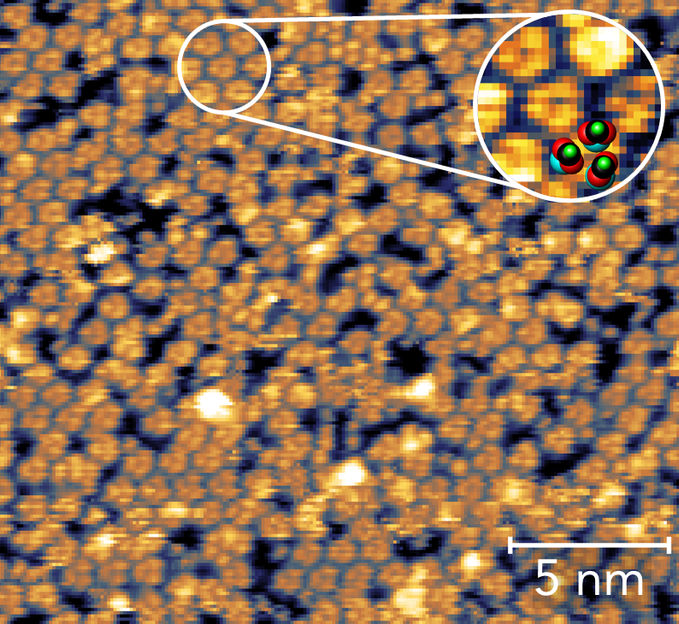Less and less petroleum required for plastics production
New successes for Bayer’s CO2 research
Bayer MaterialScience’s research into carbon dioxide as a new raw material for making plastics is delivering further successes. In laboratory tests, the company has succeeded in significantly further reducing the need for petroleum at precursor level through the incorporation of CO2. Plastics and their components are normally based entirely on oil. The new process also extends the range of plastics that CO2 can be used to produce. This is the result of the Dream Polymers research project in which Bayer MaterialScience is continuing its activities to find new uses for CO2.
A technology using the greenhouse gas to produce a key component for high-quality foam (polyurethane) is already moving toward commercial use. The proportion of petroleum in this chemical is 80 percent. “We have now succeeded in reducing the petroleum content for making other plastics to just 60 percent,” says Project Manager Dr. Christoph Gürtler.
Twofold use
Carbon dioxide is used twice in the new process. First, the greenhouse gas is incorporated directly into a new kind of precursor (polyoxymethylene polycarbonate polyol), replacing 20 percent of the petroleum. Second, it is also used indirectly, producing a chemical that is also incorporated into the precursor for a further 20 percent saving in petroleum. “As a result, the proportion of alternative raw materials is already 40 percent,” remarks Gürtler.
In addition to this, the number of plastics that can be produced using carbon dioxide is increasing. “It is now also possible to manufacture thermoplastic polyurethanes, films and casting elastomers in this way,” says Gürtler. Such plastics are used in all kinds of applications, including automotive interiors, cable sheathing and sporting goods such as ski boots.
Positive tests
The researchers have already proved in laboratory tests that the manufacturing process works in principle. “Initial application tests have been positive,” confirms Gürtler, but he adds that there is some way to go before the process is commercially viable.
Dream Polymers is being supported by the German Federal Ministry of Education and Research. External institutions in Germany such as the CAT Catalytic Center, the Leibniz Institute for Catalysis and the Fraunhofer Institute for Chemical Technology are also involved.
Bayer MaterialScience sees itself as a pioneer when it comes to future applications for CO2. As part of its Dream Production project, which has already been in progress for some time, the company aims to use carbon dioxide as a component for flexible polyurethane foam at the Dormagen site from 2016 onward. The new material will initially be used to make mattresses.
Other news from the department manufacturing

Get the chemical industry in your inbox
By submitting this form you agree that LUMITOS AG will send you the newsletter(s) selected above by email. Your data will not be passed on to third parties. Your data will be stored and processed in accordance with our data protection regulations. LUMITOS may contact you by email for the purpose of advertising or market and opinion surveys. You can revoke your consent at any time without giving reasons to LUMITOS AG, Ernst-Augustin-Str. 2, 12489 Berlin, Germany or by e-mail at revoke@lumitos.com with effect for the future. In addition, each email contains a link to unsubscribe from the corresponding newsletter.
Most read news
More news from our other portals
Last viewed contents
Sunil_Industry
BASF boosts capacity for highly chromatic yellow pigments
New flow battery could enable cheaper energy storage - Design may support widespread use of solar and wind energy
Thermo Fisher Scientific Launches Program to Meet Melamine Detection Challenges




























































